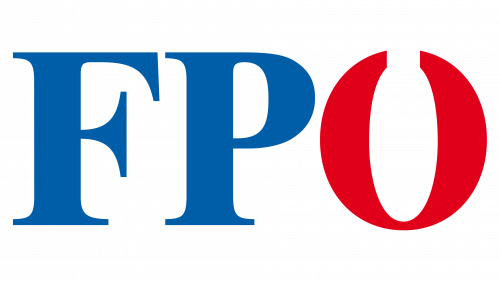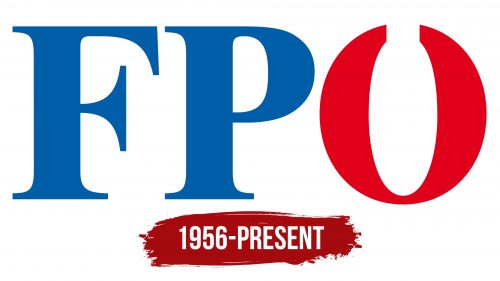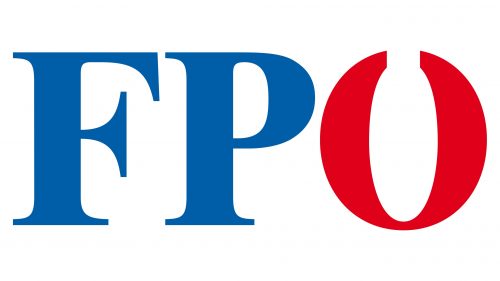 Freedom Party of Austria Logo PNG
Freedom Party of Austria Logo PNG
The Freedom Party of Austria’s logo is characterized by simplicity and straightforwardness. The emblem reflects a focus on core values, a readiness to communicate their stance, and a commitment to implementing their outlined program.
Freedom Party of Austria: Brand overview
On April 7, 1956, the political stage in Austria witnessed the birth of the Freedom Party of Austria (FPÖ), emerging from the remnants of the League of Independents (VdU). This party initially represented the interests of former Nazis and German nationalists after World War II, with Anton Reinthaller, a former SS officer, as its first leader.
The party started as a fringe party, securing around 5-7% of election votes. It embraced a pan-German ideology, advocating for Austria’s unification with Germany. In the 1970s, a shift in leadership occurred when liberal Friedrich Peter took over, steering the party toward the political center and supporting Bruno Kreisky’s Social Democratic government.
Norbert Steger succeeded Peter in 1978, continuing the liberal trajectory. Between 1983 and 1986, the party participated in government for the first time through a coalition with the Social Democratic Party. A pivotal moment came in 1986 with the election of Jörg Haider as leader. Haider’s charismatic leadership revived the party’s nationalist rhetoric, significantly boosting its popularity.
By the 1999 elections, the party garnered 26.9% of the vote, surpassing the Austrian People’s Party (ÖVP) and securing second place. In 2000, the party entered a coalition government with ÖVP, causing an international uproar and EU sanctions due to its far-right views.
Internal conflicts arose from government participation, leading to a split in 2005 when Haider and some leaders formed the Alliance for the Future of Austria (BZÖ). After Haider’s departure, Heinz-Christian Strache took the helm, returning the party to a hardline stance on immigration and Euroscepticism.
The party’s electoral performance improved, winning 17.5% of the vote in 2008 and 20.5% in 2013, solidifying its position as Austria’s third-largest party. The European migration crisis bolstered its regional successes in 2015, as it sharply criticized Chancellor Angela Merkel’s open-door policy.
In the 2016 presidential election, the party’s candidate, Norbert Hofer, advanced to the second round but lost to Alexander Van der Bellen of the Green Party. The 2017 parliamentary elections saw the party capture 26% of the vote, join a coalition government with the ÖVP, and Strache become Vice-Chancellor.
The party faced a major scandal in May 2019, known as the “Ibiza-gate,” when a video surfaced showing Strache discussing illicit political funding. This led to Strache’s resignation and the collapse of the government. Norbert Hofer took over as party leader, but its support dropped to 16.2% in the snap elections later that year.
In June 2021, Herbert Kickl replaced Hofer as the leader. Throughout its history, the party has maintained a strong stance against immigration, particularly from Muslim countries, advocated for limiting EU influence in Austria, and promoted traditional values and national identity. The party has faced accusations of xenophobia, anti-Semitism, and Islamophobia, which it consistently denies.
Meaning and History
What is Freedom Party of Austria?
It is a political party that advocates for national-conservative and right-wing populist views. The party focuses on protecting Austrian identity, limiting immigration, and supporting strict security measures. In the economic sphere, it advocates for tax reductions and reducing government intervention. The party significantly influences Austrian politics and occasionally enters into coalition governments.
1956 – today
The logo continues the legacy of the “Federation of Independents,” a movement representing the interests of former Nazis in Austria. In 1956, the FPÖ party was founded based on this movement, becoming the successor to their views. The logo reflects the party’s commitment to preserving national identity and traditional values, emphasizing its significant role in Austria’s political life.
The logo consists of the three letters of the abbreviation – FPÖ (Freiheitliche Partei Österreich). Simple and minimalist, it conveys the core views and position of the political organization.
The logo features blue and red, symbolizing the party’s national-conservative stance. The red letter “Ö” has a break in the upper part of the circle, emphasizing the theme of freedom and individualism. This break hints at the denazification and the dissemination of the organization’s views.
The red and white colors used in the logo echo the Austrian flag, reinforcing the party’s national identity. The break in the letter “Ö” underscores the importance of freedom and openness, key values of the party.
The logo’s font is simple and modern, giving it clarity and recognizability. It highlights the party’s professionalism, structure, and commitment to clear, straightforward communication with voters.
The blue and red colors reflect the party’s national-conservative views. Red symbolizes energy and determination, while white symbolizes purity and openness.




